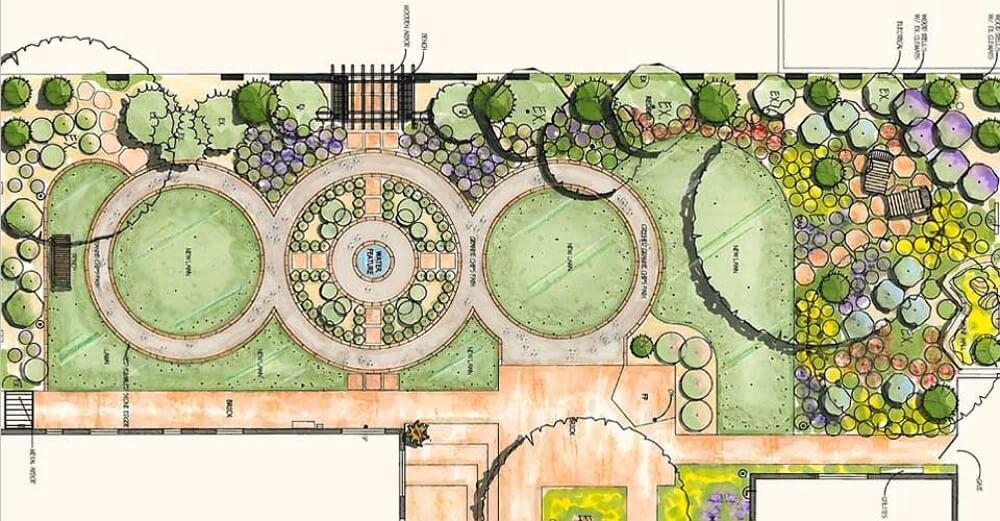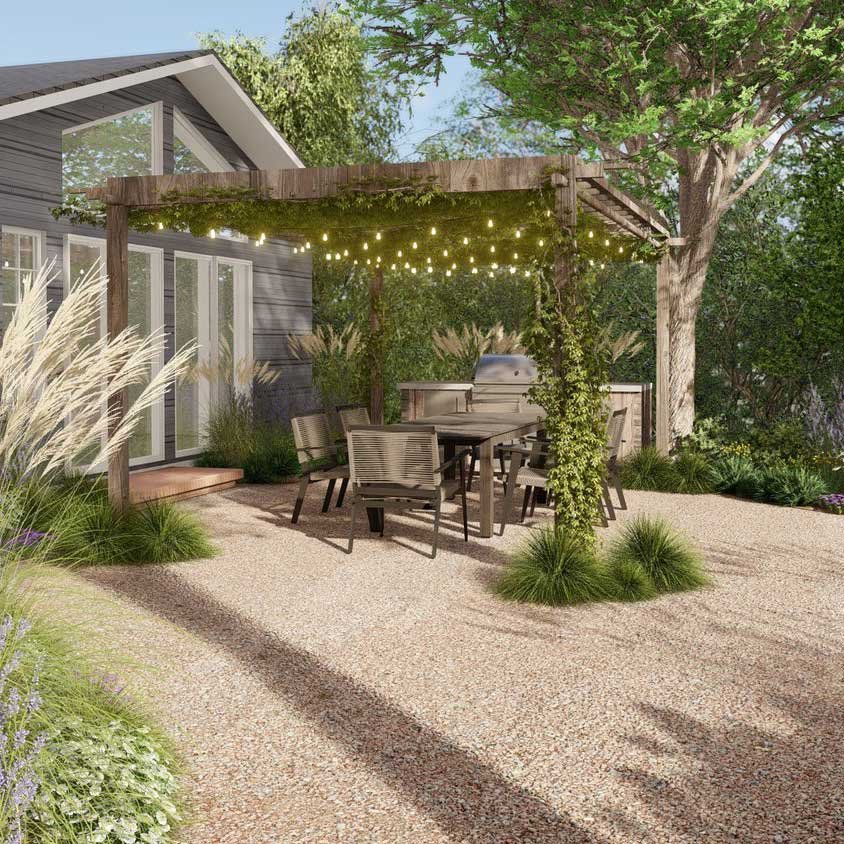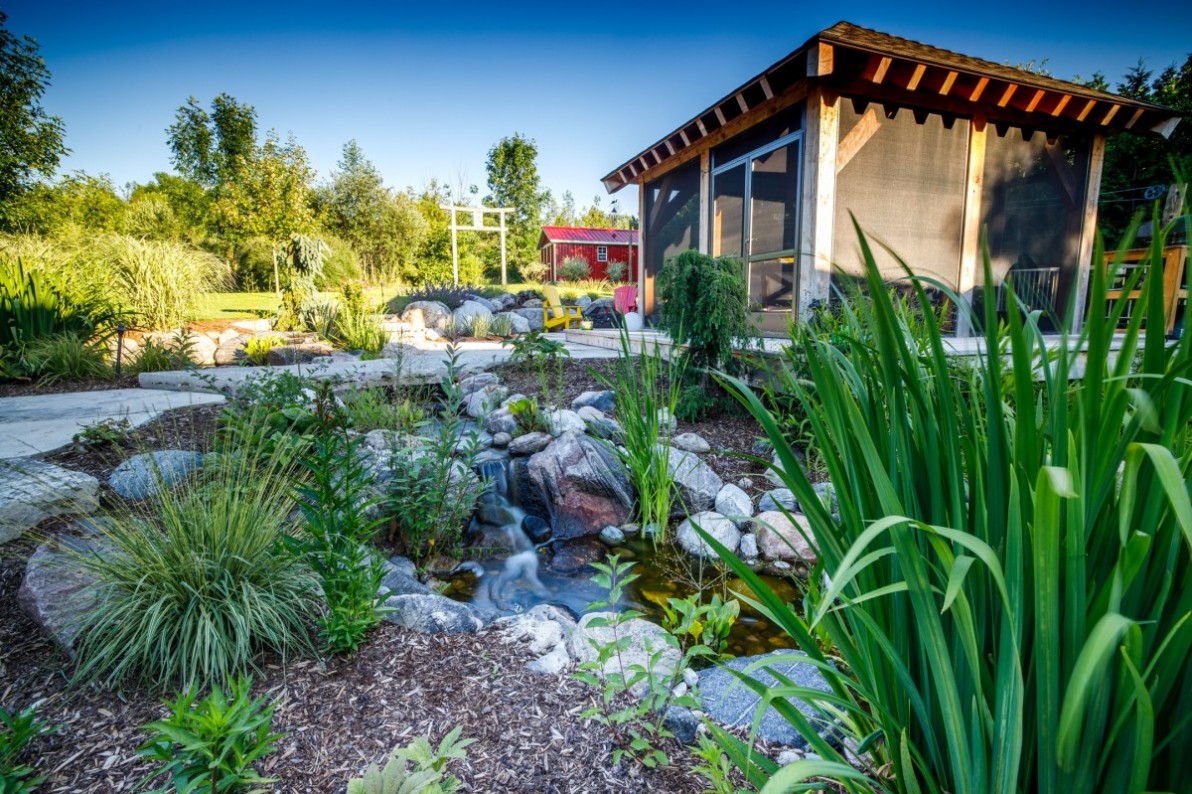3 Simple Techniques For Landscapers
3 Simple Techniques For Landscapers
Blog Article
The 3-Minute Rule for Landscapers
Table of ContentsThe Ultimate Guide To LandscapersNot known Facts About LandscapersSome Known Factual Statements About Landscapers Some Known Facts About Landscapers.Landscapers for DummiesThe Buzz on Landscapers
- A yard function where water is represented by an accumulated stone product, typically a gravel or granite. These are most typically found in contemporary and Japanese garden design.- A stone or natural flagstone patio, path, or sidewalk constructed without a concrete base. The base would certainly be compressed gravel and the joints would be an accumulation or walkable ground cover. - A stone maintaining or totally free standing wall surface developed without the usage of mortar. - A below ground structure that accumulate water and enables it to reduce percolate into the dirt around it.
Landscape style that is compatible with a websites' atmosphere in both appearance and sustainability without negative impacts to the setting. Edging in the landscape is a line of separation that creates aesthetic interest in the garden by dividing one segment from one more segment. This can be visual or useful, maintaining one component (such as pea gravel) from obtaining blended into another (like bark dust).
Locations can also sense of "room" given by trees, various other growings, fences, or screens. The landscape near the entrance to a structure. A tree, shrub or vine, trained to expand on a wall surface or fence right into a specific pattern. Specifically useful for fruit trees, making it simple to collect the fruit and including mess.
An Unbiased View of Landscapers

The aspect in a landscape layout or location in a landscape that is suggested to be most famous. The focal point can be a plant, stone, statuary, collecting area, or various other landscape attribute. A design of gardens or yard components that stress straight lines, appropriate angles and circles. Bushes or shrubs situated in beds near the foundation of a home or various other framework.

Little Known Facts About Landscapers.
Rock item, either rounded or fractured, that is relatively tiny- usually 1" or less. Low plants that are allowed or encouraged to spread over an area. Can refer to any type of "difficult" garden components including statuary or rocks yet the majority of typically is made use of to describe courses, patio areas, and walls.: Height distinction in between the level of water in a pond (or the degree of the pump More about the author if it rests outside the pond) and the upper electrical outlet of water which influences performance of the water pump in gph (gallons per hour). Thick hedges or trees that develop a fencing, display, or boundary.
Fence boards that run flat, visit this website usually used in modern or Japanese-inspired landscape designs. Proper use of imaginary lines can help the landscape really feel attached to the home and other elements.
An even more unwinded garden dominated by bent as opposed to straight bed lines and a less inflexible framework. Conventional PNW landscapes are casual. A plant that spreads out more than desired, or right into habitats where it does damages. Rose city has a list of intrusive plants that need to not be set up in landscapes due to the fact that they can infect woodlands or waterways and be difficult to regulate.
9 Simple Techniques For Landscapers
Can consist of head positionings and protection, pipe sizing, GPM specs, and materials required to mount this system. Certified professional who develops landscapes, schooled in engineering and style as well as in cultivation.
Landscape developers generally have much less education than Landscape Architects and are not licensed. A completed landscape style, describing all elements for the brand-new landscape.
Using lots of plantings of the very same variety to fill up in an area in the landscape. This can reduce maintenance and water usage in the yard.
A layer of compost or bark dust applied at the base of a plant. A plant that was existing in a geographical area before people started altering the landscape.
A Biased View of Landscapers
How the garden or a garden aspect is set up in connection to an existing or new attribute or to an instructions. Turfs that are not cut yet grown in landscapes as perennials.

Plants that provide seasonal rate of interest and then die back in the winter months. Cold period turf that is the most typical turf lawn in Rose city, OR and the remainder of the PNW.An open roofed structure over an outdoor patio or various other landscape attribute.
Basalt aggregate varying in dimension from 1/4" to dirt. The most common landscape gravel in the PNW. Area of the landscape made to handle water up until it can saturate right into the ground. A chain that manages water as it takes a trip from a roofing system seamless gutter to the ground. Garden structure that produces a planting location that is had and higher than the bordering quality.
Framework constructed from timber, concrete, leading rocks, blocks or various other products for maintaining inclines and stopping too much disintegration. Slim gutter. Developing a yard attribute being composed largely of stones with growings that complement and can thrive in the rough setting. Lawn sprinkler head design that turns a stream of water across an area.
What Does Landscapers Mean?

Report this page